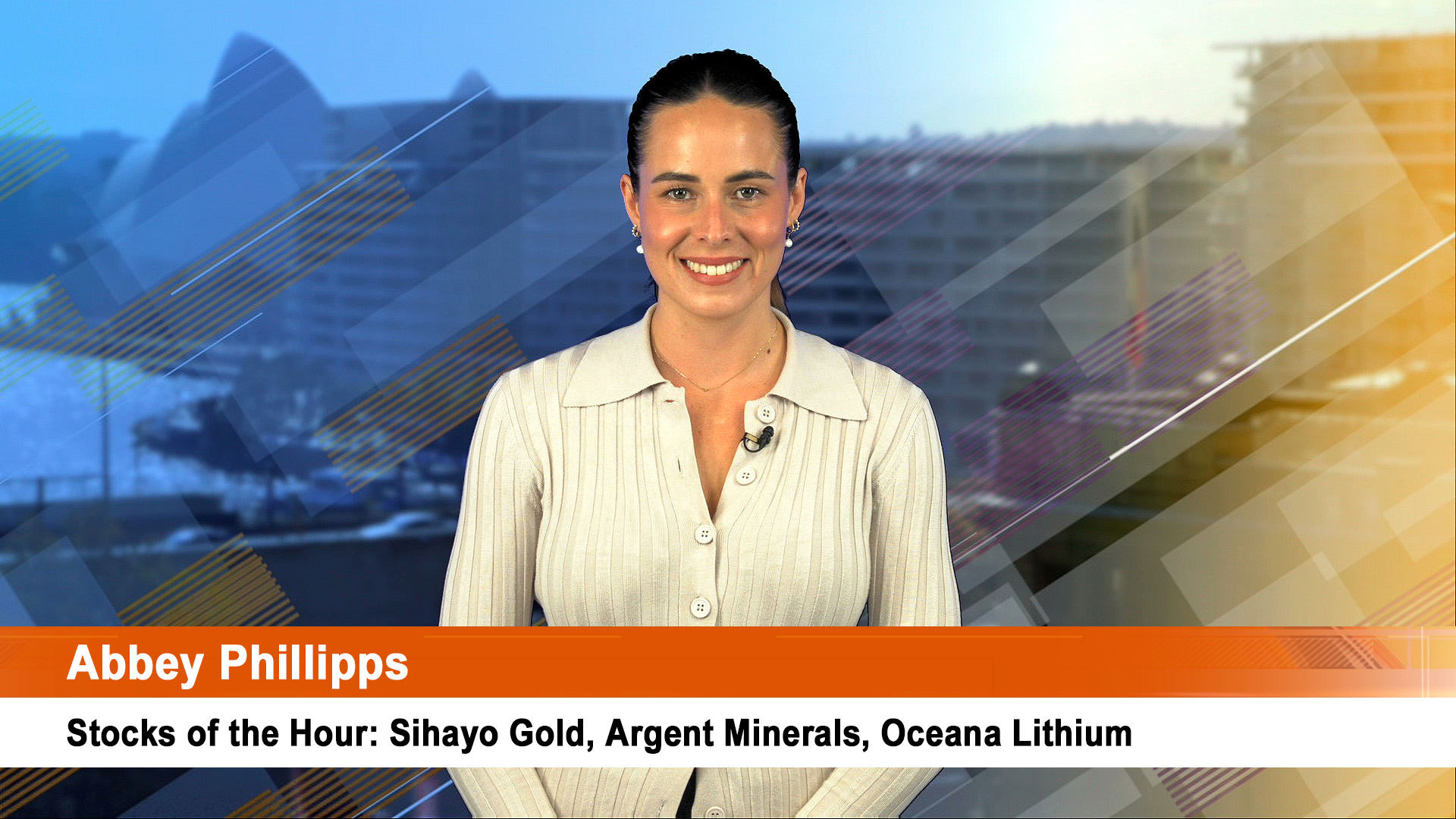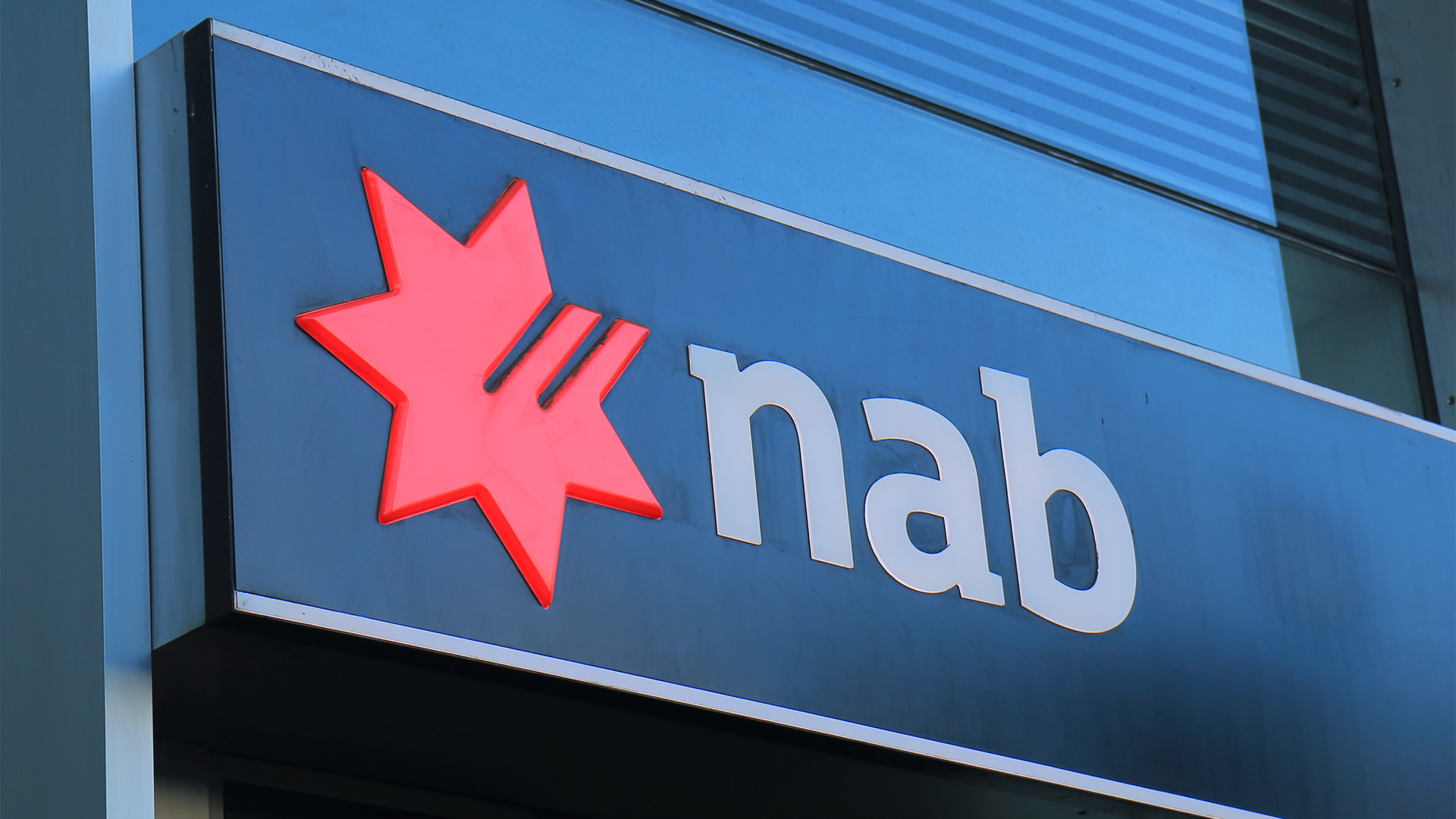July was a rough month for some markets and investors, especially in Chinese shares and in commodities.
But for equities in Australia, the US, Japan and Europe, it was a surprisingly great time (and solid start to the new financial year in the case of Australia).
But here tomorrow, the local market will start the new month on a weak note with the futures market showing a 10 point fall for the ASX 200.
Another 4% slide in iron ore prices on Friday won’t help, although the market withstood a lot of volatility from iron ore prices last month for its best performance in five months.
Australian shares were up 4.4% in July, the best month since February’s 6.1% gain (albeit after a bad June).
Eurozone shares had a better month as the situation with Greece calmed down, so shares jumped a very solid 4.6%.
In the US there was a 2% gain as the timing of the first rate rise since 2006 firmed, but fears about corporate earnings persisted, especially in some tech stocks.
The Japanese market added 1.7%, but the economy is not looking as good a story as it was earlier in the year.
China though saw a massive 14.3% slide for the key Shanghai market. That was after a 7.3% slump in June.
But that understates the fall in June because it was really a drop of 17.2% from the peak reached on June 12. So really the fall from that peak in mid-June is a very nasty 31%.
In fact last week saw a 10% slide over the week for Chinese shares, despite the spending of hundreds of billions of dollars on official support moves.
With Greece on the backburner, eurozone shares only lost 0.1% last week, while Japanese rose 0.2%, US shares were up 1.2% and Australian shares gained 2.4%.
Commodity prices were weak (and oil and gold sold off sharply in July), but currencies were little changed with the $A remaining just below $US0.73 on Friday night. It lost more than 5% in July.
Emerging markets (excluding China) sold off during the month and are now looming as a concern to more investors.
The rising US dollar is hurting them and the expected rise in American interest rates in September could add to the woes of economies such as Brazil, Russia, South Africa, Turkey and India (which at least still has an expanding economy).
While the Stoxx 600 index of euro stocks was up more than 3% in July, the MSCI Emerging markets index was down more than 8%.
Investors are withdrawing billions of dollars of funds from emerging markets (either directly or through specialist funds or Exchange Trade Funds), adding to the weakness in currencies and markets.
That 5.3% plus fall in the value of the Aussie dollar was the largest among Asian major currencies in July and the 4th globally (but that is good news so far as the Reserve Bank is concerned).
Clearly Chinese markets are unstable and that volatility will have to be watched, especially with suggestions the economy slowed again in July.
In fact Chinese shares had a bad week with their biggest one day fall in eight years on Monday, largely in response to a rumour that the China Securities Finance Corp was no longer committed to stabilising the share market. That was denied, but markets still fell two days after that denial was issued.
China stocks fell on Friday and posted their biggest monthly loss in nearly six years.
The Shanghai Composite Index lost 1.1% to end at 3664.0 points on Friday and that loss of 10% for the week, could continue in the next week or so if the flow of economic data from China is as weak as analysts expect.
The continuing weakness in Chinese markets, especially Shanghai, infected Hong Kong where the Hang Seng Index fell 6.3% in July, its deepest fall since September last year.
It was the third monthly fall in a row and is now the Hang Seng’s longest monthly losing streak since a four month-slide to November 2008 in the depths of the GFC.
In Australia, the ASX 200 closed 0.5% higher at 5,699.2 on Friday. That meant a 4.4% gain for July and ended a four-month losing streak. It was up 2.4% for the week.
The start of the main part of the June 30 reporting season this week will test market confidence which remains stronger than it would seem.
Japan’s Nikkei rose 0.3% on Friday ending at 20,585.2. The index rose 1.7% last month, its sixth monthly advance in the past seven.
That follows June’s 1.6% fall and the 5.3% surge in May.













